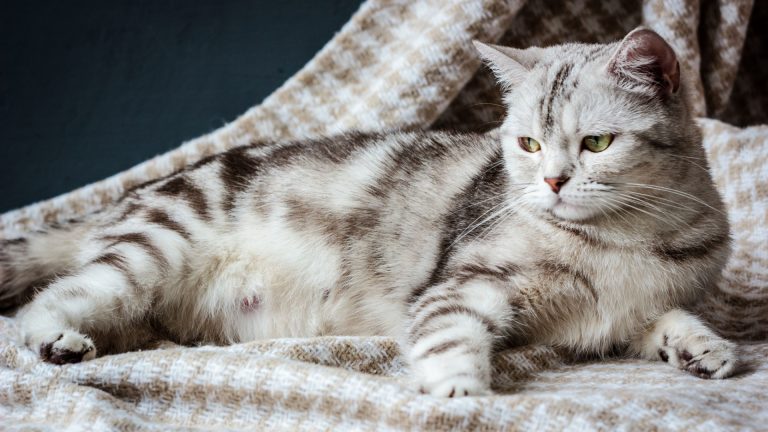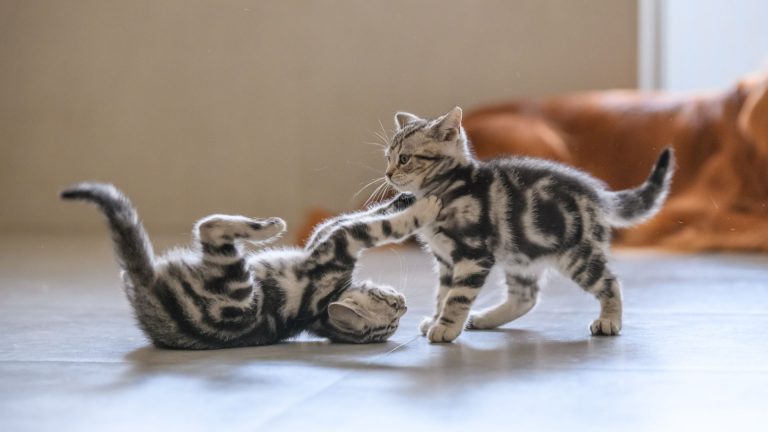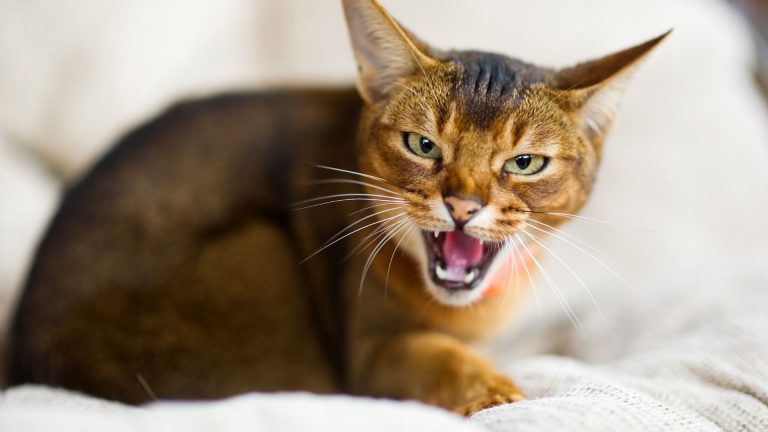10 Highly Intelligent Animals And 5 Less Cognitive Species In North America

The animal kingdom showcases an incredible range of cognitive abilities. From problem-solvers who can outsmart humans to creatures operating almost entirely on instinct, North America hosts a fascinating spectrum of animal intelligence.
Understanding these mental capabilities helps us appreciate the diverse ways animals navigate their environments and interact with their world.
1. Raccoon
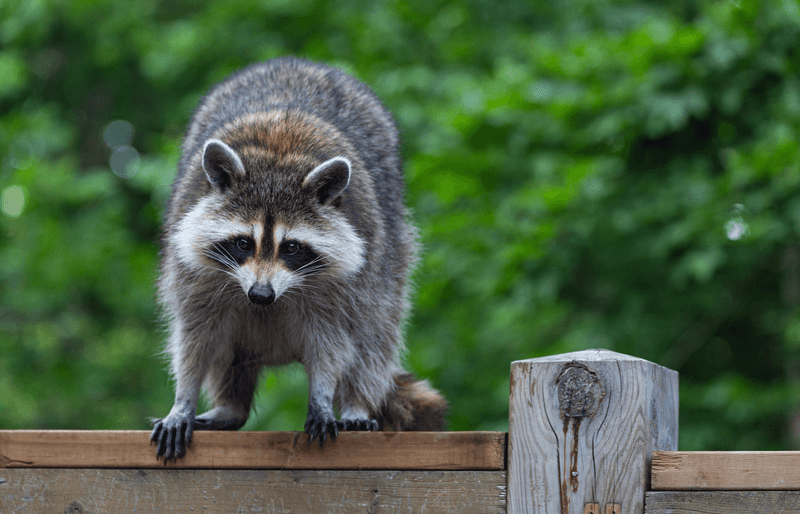
Masked bandits of the night, raccoons possess remarkable dexterity and memory. They can recall solutions to complex puzzles for years, making them exceptional problem-solvers.
Their nimble paws unlock complicated mechanisms with ease, frustrating many a homeowner who’s installed ‘raccoon-proof’ trash cans. Urban raccoons often demonstrate higher intelligence than their rural cousins due to challenging city environments.
2. American Crow
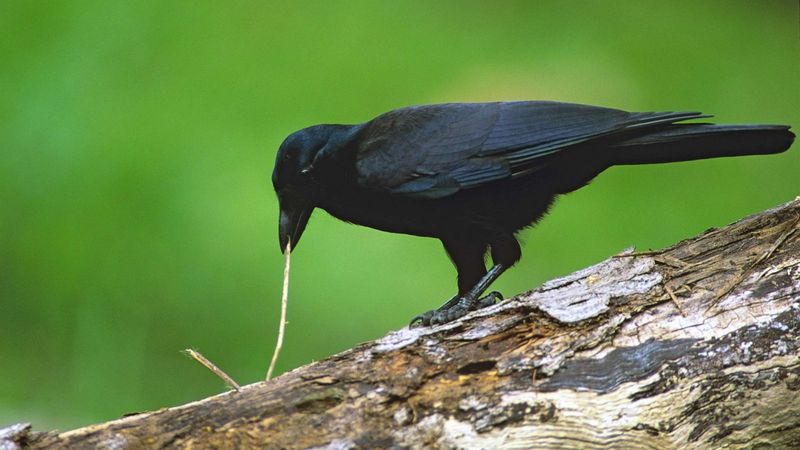
Harbingers of wisdom in Native American lore, crows recognize human faces and remember those who’ve wronged them for years. They’ve been observed crafting tools from twigs and wire to retrieve food from difficult spots.
Family-oriented and social, these ebony birds hold ‘funerals’ for fallen companions. Their ability to communicate specific threats to other crows suggests a sophisticated language system beyond simple calls.
3. Common Raven
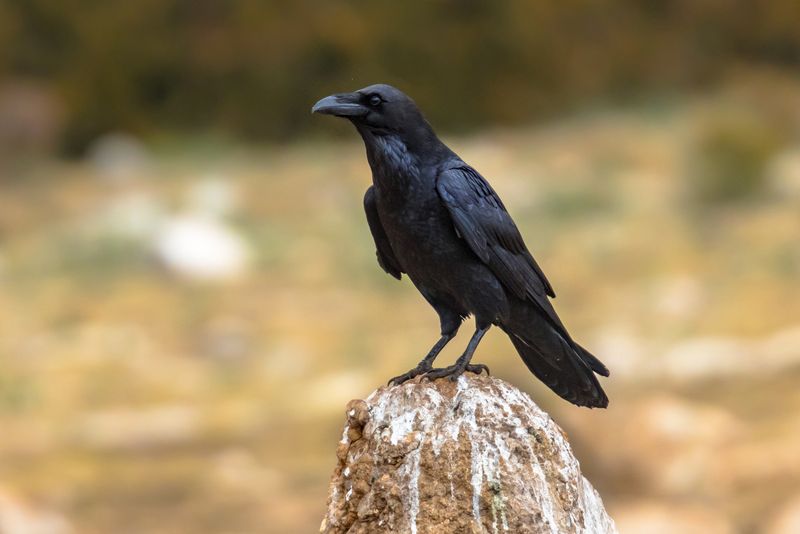
Mischief-makers of the mountains, ravens showcase reasoning abilities comparable to chimpanzees. They solve multi-step puzzles and can mimic human speech with eerie accuracy.
Ravens play—sliding down snowy slopes repeatedly for no apparent reason beyond enjoyment. Their deceptive tactics include leading larger predators to carcasses they can’t open themselves, then feasting after the heavy lifting is done.
4. Squirrel
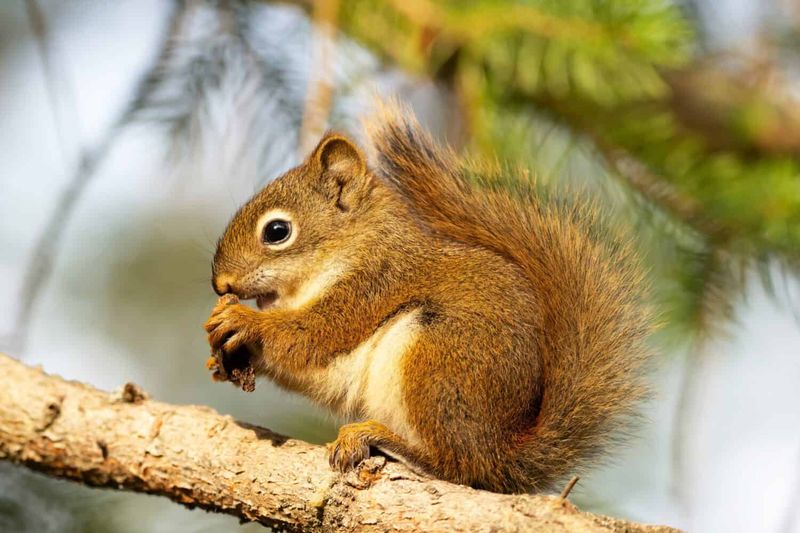
Memory champions of the forest, squirrels create elaborate food caching systems with thousands of hiding spots. They’ll stage fake burials when they feel watched, a sophisticated deception tactic to protect their real stashes.
Eastern gray squirrels in particular can remember the locations of buried nuts for months. Their spatial memory allows them to create mental maps of their territory, including escape routes and food sources.
5. Beaver
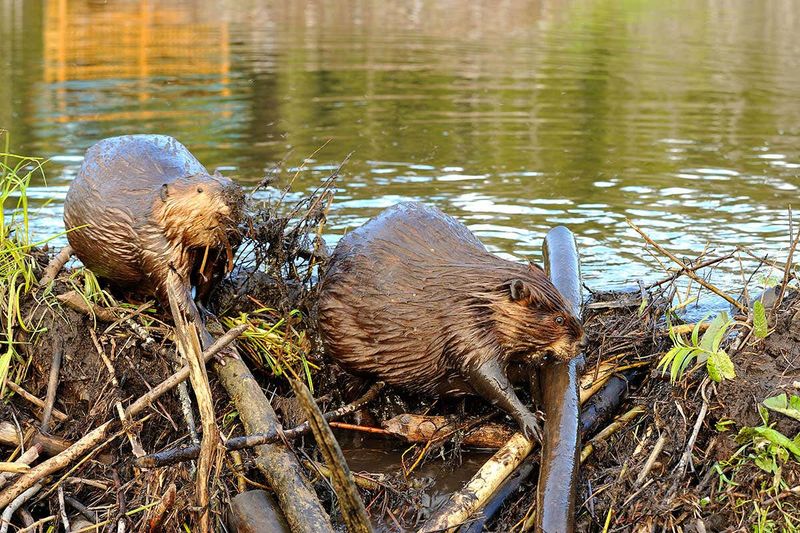
Nature’s engineers construct dams capable of withstanding raging currents and seasonal floods. Their architectural prowess includes building underwater entrances to their lodges that prevent predator access.
Beaver families work collaboratively, teaching young kits construction techniques. They assess water flow patterns and strategically place sticks to control water levels, creating habitats that benefit countless other species.
6. Octopus
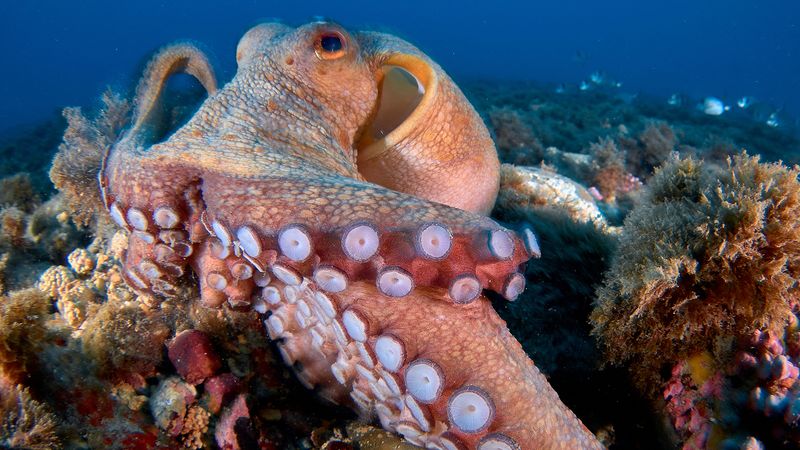
Eight-armed escape artists inhabiting North American coastal waters, octopuses have been known to unscrew jar lids from the inside and squeeze through openings barely an inch wide. Each arm contains its own mini-brain, allowing for distributed problem-solving.
Playful and curious, they recognize individual humans and may squirt water at those they dislike. Some octopuses collect and decorate their dens with colorful objects, showing aesthetic preferences.
7. Chimpanzee
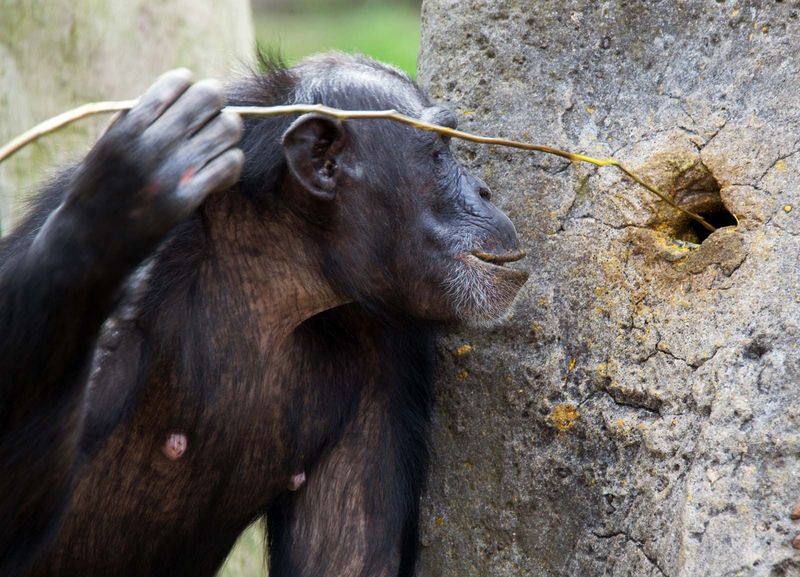
Though not native to North America outside of zoos and sanctuaries, captive chimps showcase remarkable cognitive abilities. They fashion spears for hunting, use stones as hammers, and create ladders to reach food.
Chimps learn sign language and can communicate using symbol boards. Their political maneuvering within social groups reveals understanding of complex relationships, forming alliances and resolving conflicts through sophisticated negotiation.
8. Dolphin

Aquatic geniuses swimming off North American coasts, dolphins call each other by unique whistles that function as names. Their self-awareness is demonstrated by mirror recognition tests, placing them in an elite cognitive category.
Dolphins work cooperatively to herd fish and teach hunting techniques to their young. Their playful behavior includes creating underwater bubble rings for entertainment and surfing waves purely for enjoyment.
9. Elephant
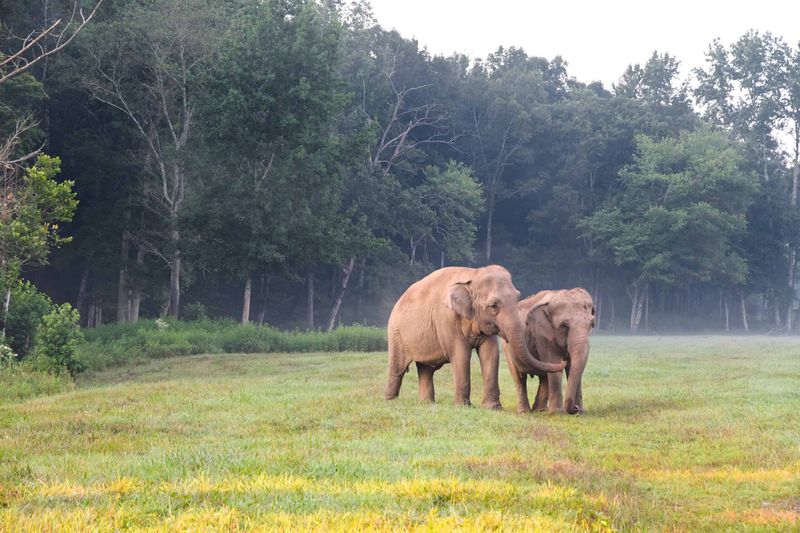
Gentle giants with memories spanning decades, elephants in North American sanctuaries demonstrate emotional intelligence rivaling humans. They console distressed herd members and appear to mourn their dead, returning to the bones of family members years later.
Artistic elephants paint recognizable images and use branches as flyswatters. Their communication includes infrasonic rumbles that travel through ground vibrations, allowing conversations across miles.
10. Capuchin Monkey
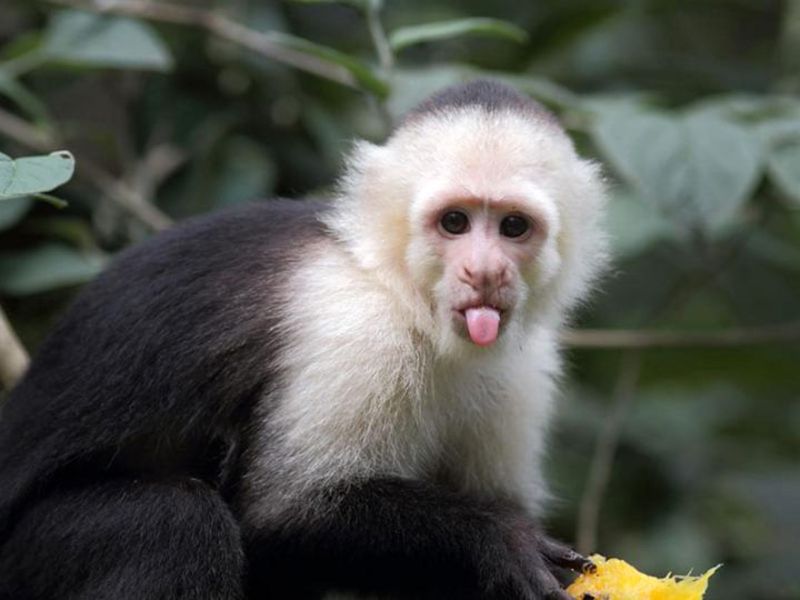
Financial wizards of the animal world, capuchins in research settings understand and use currency to purchase treats. They crack nuts using proper stone tools and adjust their technique based on the nut’s hardness.
Social learners extraordinaire, young capuchins watch elders to master skills. They’ve been observed washing food before eating and using leaves as cups to hold water, showing innovative tool adaptation.
11. Horned Lizard
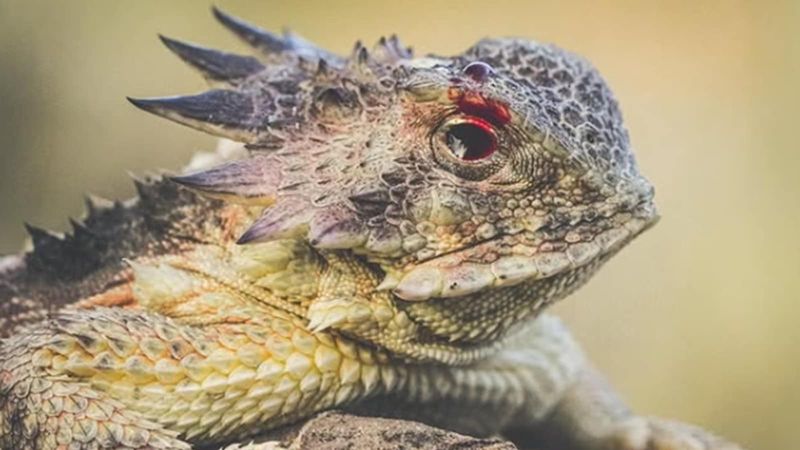
Spiky survivors relying on ancient instincts rather than brainpower, horned lizards remain motionless for hours when threatened. Their famous blood-squirting defense from eye sockets is purely reflexive, not a calculated strategy.
Learning capabilities are minimal—they’ll repeatedly attempt the same ineffective escape route when cornered. Their diet consists almost exclusively of harvester ants, showing limited adaptability to food sources.
12. Cane Toad
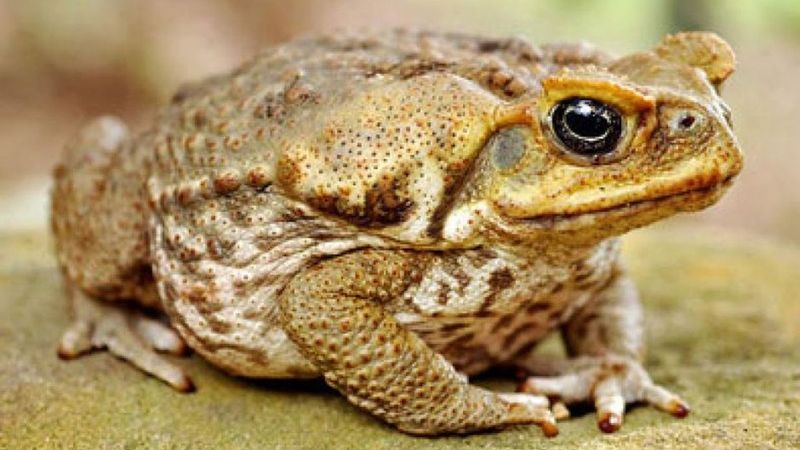
Toxic invaders with one-track minds, cane toads introduced to North America show remarkable persistence in unproductive behaviors. They’ll repeatedly bump into glass barriers without learning alternative routes.
Their hunting strategy consists solely of sitting still and waiting for prey to come within tongue range. Despite being poisonous, they make no effort to hide from predators, relying entirely on toxic secretions rather than evasive intelligence.
13. Bees
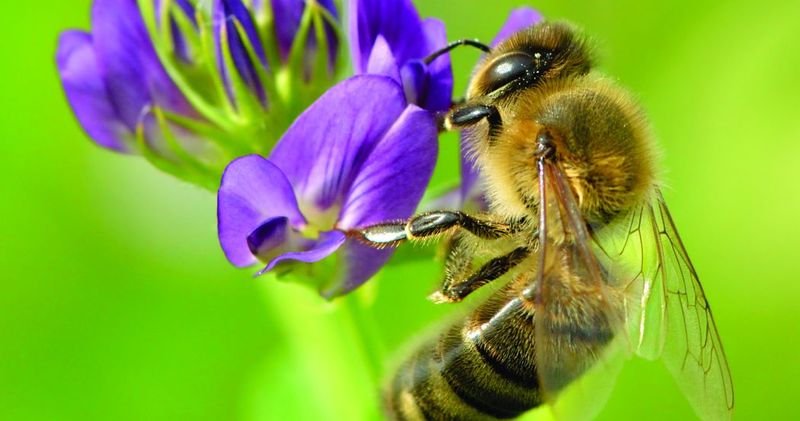
Buzzing automatons following genetic programming, individual bees demonstrate minimal independent thought. While their collective behavior creates impressive results, each bee operates like a programmed robot within the system.
They’ll continue attempting to pollinate artificial flowers without learning from the lack of nectar. Despite this, their waggle dance communication system is mathematically precise, showing how instinct can mimic intelligence without actual reasoning.
14. Killdeer
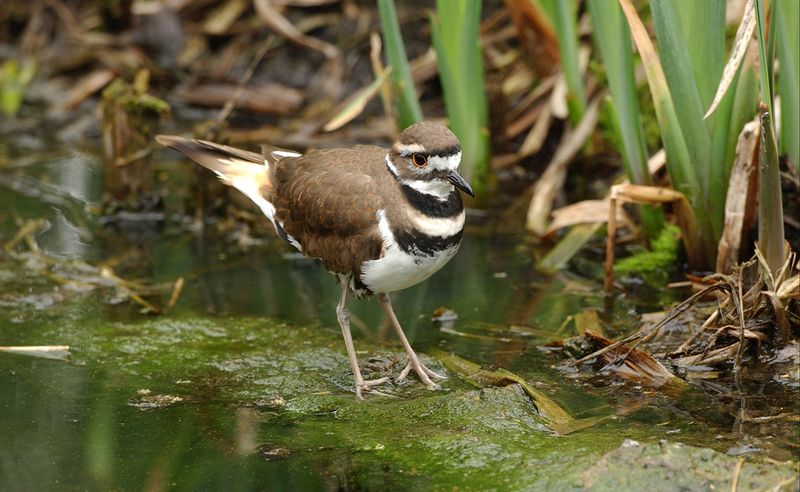
Drama queens of the bird world, killdeer perform elaborate ‘broken wing’ displays when predators approach their nests. This theatrical behavior is entirely instinctual—they’ll perform identical routines regardless of effectiveness.
They nest in dangerously exposed locations like gravel roads and parking lots. Despite repeated nest failures in the same spots, killdeer show no learning or adaptation in nest site selection, returning to hazardous locations year after year.
15. Secretary Bird
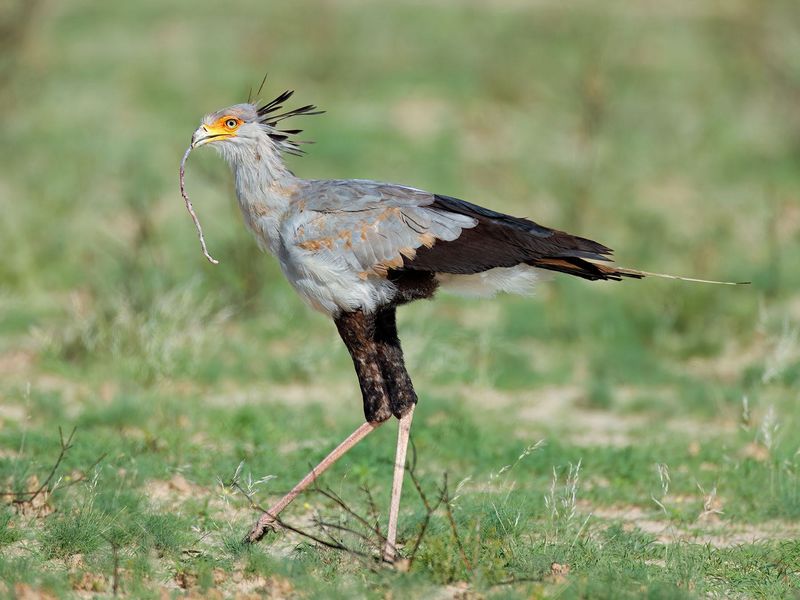
Lanky snake hunters found in zoos across North America, secretary birds stomp their prey with lightning-fast kicks. While this hunting technique is impressive, it’s an innate behavior rather than learned strategy.
Their response to threats is limited to a small repertoire of preprogrammed behaviors. Despite their striking appearance with dramatic head feathers, secretary birds show little curiosity or problem-solving ability compared to other raptors.


